
The Pseudonyms of Henry Thomas Garratt
Paul Wren, De Ritz, F. Maxwell, S. Croft, F. Fenwick, L. M., Barratt, and Guy Clyffe
One of the many interesting things about the artist H. T. Garratt was his use of pseudonyms. He seems to have had a penchant for inventing artistic alter egos, quite different from his own, through which he explored various styles and subject matter. These other “Garratts” were not intended as AKAs or aliases, rather Garratt seems to have deliberately and creatively made up fanciful names that could in no way be associated with, related to or even draw attention to himself, either in his professional or personal life. We can only guess why. Indeed, it is because he was so good at concealing who the person was behind these other signatories it has become harder now to establish which signatures actually do belong to him.
This has been in some ways exacerbated by the fact that Garratt’s own paintings (those he signed with his own name) are far fewer in number than those signed by the fictitious artists he created. And consequently, he barely registers in the art historical record in Aotearoa. This is in stark contrast with Garratt’s contemporary and idol, Charles Blomfield, who, using his own name, painted as many as 700 views of New Zealand scenery in his lifetime. Many examples of his signed works are held in galleries, institutions, private collections and make regular appearances in auction room catalogues today.
To compound matters further, there were many industrious artists in New Zealand painting the country’s unique scenery during the Victorian era. They painted in similar styles, used the same format and subject matter, but a vast majority of these artists remain anonymous, their biographies near impossible to unearth. Perhaps it is understandable then, that the idea of one artist being responsible for many of these paintings started to crystalize in the minds of art historians and collectors in the middle of the 20th century.
This idea was given some credibility in the 1980s when one of Garratt’s daughters bequeathed a couple of his paintings to the Alexander Turnbull Library. At the time, Marian Minson, the then curator of drawing and prints at the library, had some contact with Garratt’s daughter and reports that she recalled her father using a number of pseudonyms, including “de Ritz” on his paintings. Minson, who must have seen many examples of these early NZ landscape paintings, consequently concluded that Garratt may well have been responsible for “de Ritz”, G.de Ritz”, “A. de Ritz” (and more variations of that name), Paul Wren, Maxwell, Edwards signatures, and speculated that works signed by Mayclair and J. A. Bond, were probably his works as well. It is a list that has been repeated ever since, often with other names included, such as “Potter”, “Andre” and “East”. Minson also concluded that Garratt’s ‘other selves’ were highly prolific, and were probably responsible for well over 3000 paintings.
Thus H. T. Garratt has been cast as a shadowy figure haunting the recesses of the late Victorian art world of Auckland, accused of being the artist behind a significant number of late colonial paintings of the New Zealand landscape. But is that actually the case? After some research into local archives, newspapers and studying the paintings themselves we are now beginning to understand Garratt and the art world he lived in, and are slowly figuring out which of these supposed pseudonyms are Garratt’s and which ones are artists in their own right. We are now confident that both Mayclair and Bond were real artists practicing in NZ in the early 20th century and we can say with some certainty that De Ritz, Paul Wren and Maxwell are Garratt pseudonyms. As to the rest, research continues and maybe in the future more Garratt pseudonyms will be revealed.
De Ritz
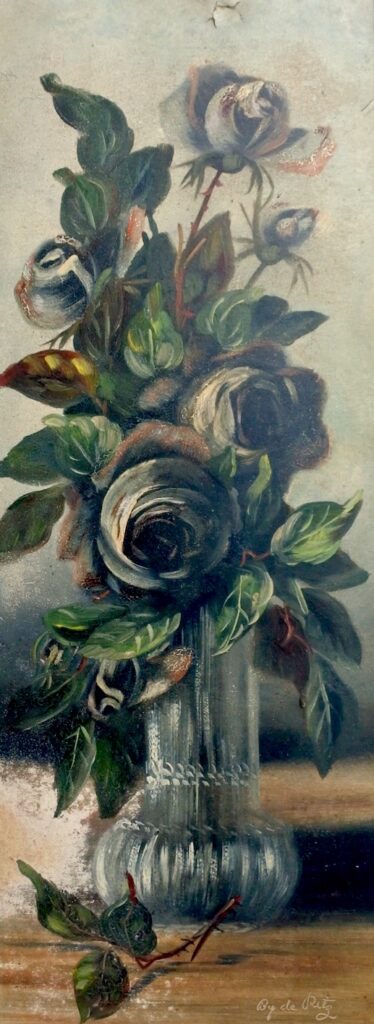
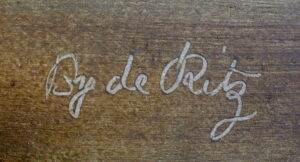


Paul Wren
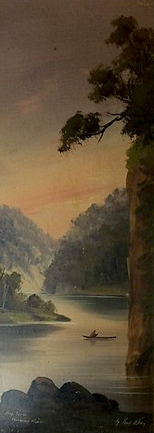

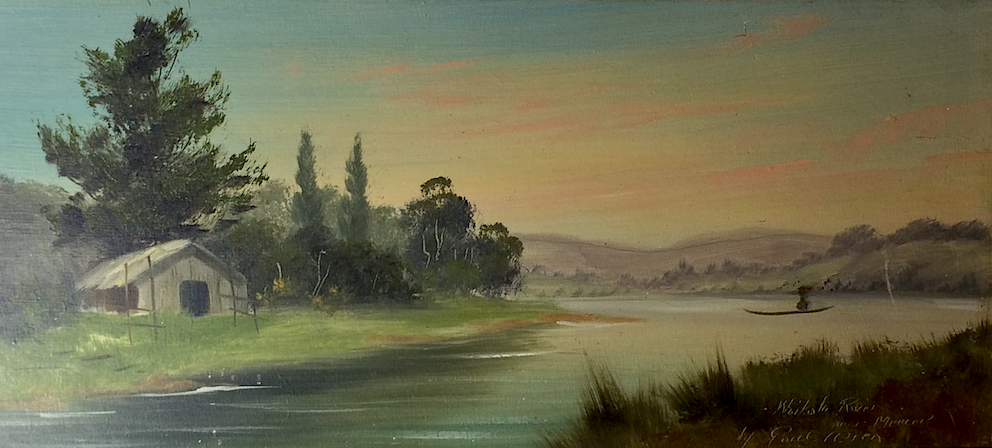

F. Maxwell
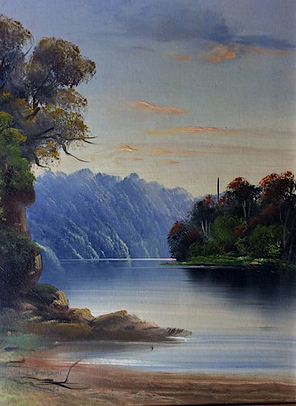
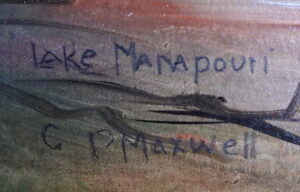


Henry Thomas Garratt’s Pseudonyms – Update #1
Henry Thomas Garratt is well known for adopting numerous pseudonyms for his paintings. His most widely recognised signatures are G. De Ritz. Paul Wren and F. Maxwell. There continues to be speculation about others, but how is it possible to determine which ones are by Garratt and which are not, given that he left no records and remained largely anonymous as an artist in his own lifetime? There were also many artists painting similar New Zealand scenes around the same period, in oil on board, a medium that Garratt favoured, some signed only with initials, others with common names, which makes it almost impossible to find any biographical details for them in the record. Do stylistic similarities provide enough evidence to be able to attribute other signatured paintings to Garratt?
Here is an example: Lake Manapouri, oil on board with Garratt’s signature.
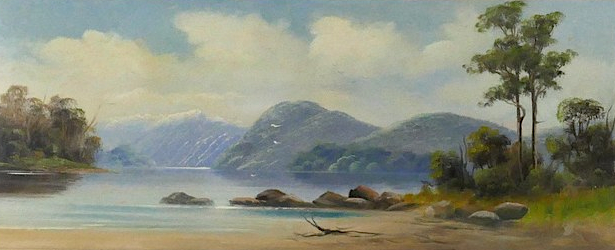
A very similar scene, in the same style and format. It too is painted in oil on board and signed Barratt.

A second very similar scene, this one signed L.M, also oil on board (private collection).

Henry Thomas Garratt’s Pseudonyms – Update #2
S. Croft
I think a likely candidate for, yet another Garratt pseudonym, is S. Croft. A number of paintings signed by S. Croft have emerged lately in online auctions and they do seem to be consistent with Garratt’s trademark painting style, landscape features, and they too are painted in oil on board.
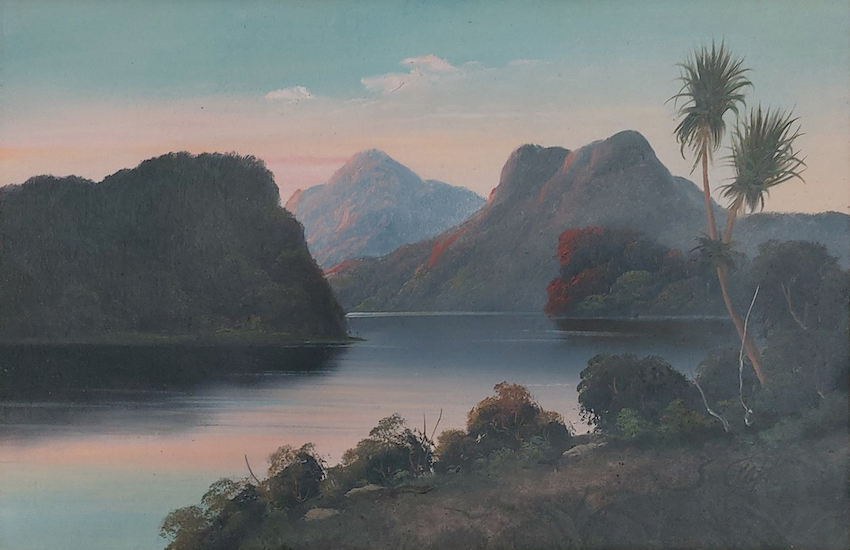

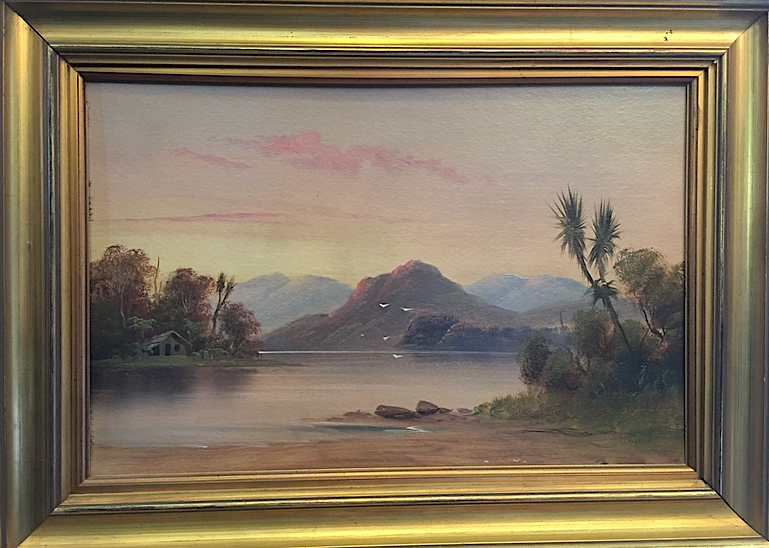
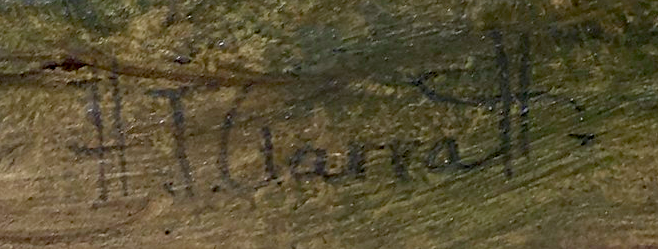
F. Fenwick
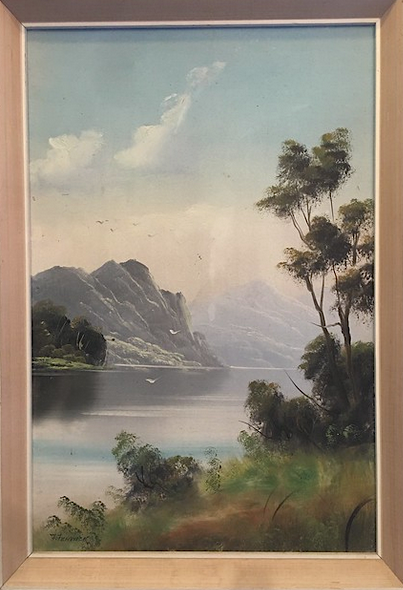

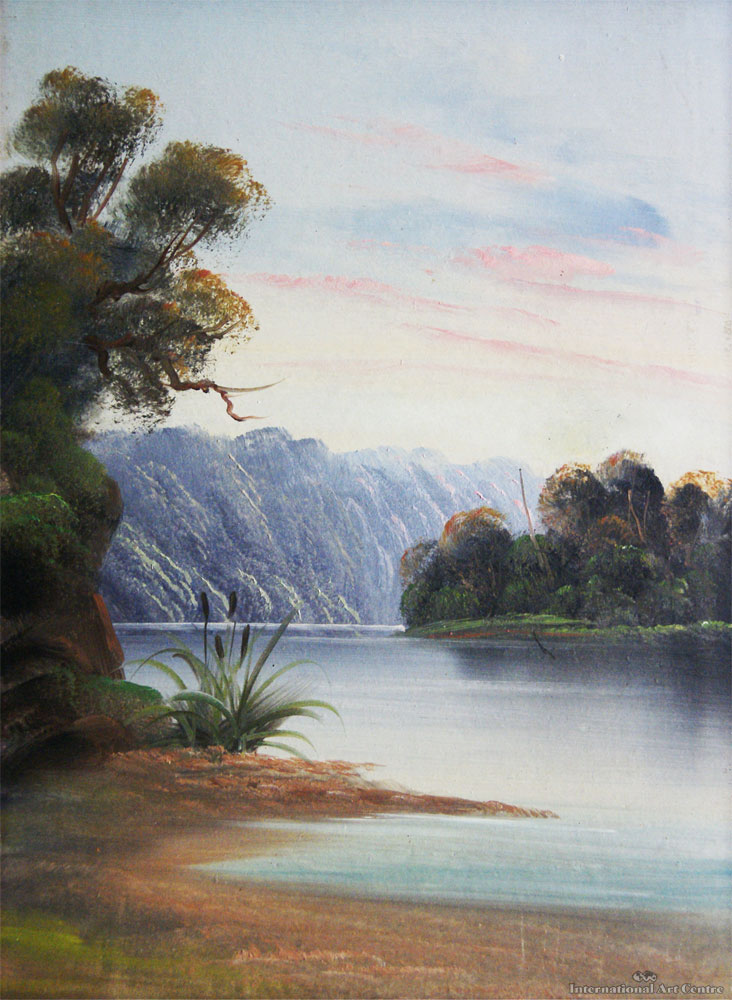
Guy Clyffe
And lastly (for now!), I recently came across this painting in an online auction. It looked to me like some of Garratt’s paintings done under his own name. This one is signed Guy Clyffe and probably come from an early phase of his painting career when he was probably experimenting with scenes and refining his technique. And, I think, a short-lived use of this pseudonym.


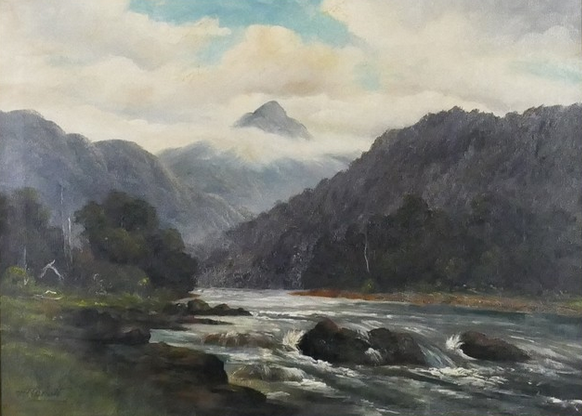

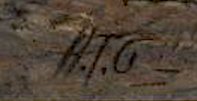
No one knows what or who inspired Garratt to choose the names he did for his pseudonyms. Guy Cliffe, for example, is a very unusual name and only appears in the newspapers in early 20th century Auckland, in relation to a residence called Guy’s Cliffe. This was a boarding house that was advertised numerous times in the New Zealand Herald between 1900 and 1915. The house, at 42 Wellesley Street East, was named after Guy’s Cliffe, a country house and estate in Warwickshire, England. It is possible that Garratt came across the name in the papers, or equally possible, that he passed by the house on his way in and out of the CBD, where he had his signwriting premises during this period.

May 2021 and discovery re the question – Is Guy Clyffe one of the pseudonyms of Henry Thomas Garratt, as I speculated previously. Looking through past auction sales of Henry Thomas Garratt paintings, I came across and almost exact copy of the Buller River scene, only this one is signed H. T. Garratt in lower right corner. I think this proves conclusively, that Guy Clyffe is another of Garratt’s pseudonyms!
